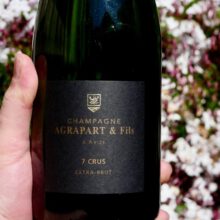
Product information
Agrapart 7 Crus Brut (Base 2021/20)
Chardonnay from Oiry, Oger, France, Cramant, Côte des Blancs, Champagne
$181
Description
Disg. March 2024. The Agrapart range begins with a non-vintage wine called 7 Crus. The name refers to the seven Côte des Blancs villages from which the wine derives. These include Avize (from younger vines aged 20 to 40 years), Cramant, Oger, Oiry, Avenay-Val-d’Or, Coligny and Vauciennes. Like all Agrapart wines, the fruit is from 100% estate-owned and farmed vineyards.
7 Crus is a blend of two harvests: in this case, 60% is 2021 from 1er Cru sites; and 40% is 2020 from Grand Cru sites. The reserve wine was raised in neutral, 600-litre oak casks from François Chidaine and Didier Dagueneau. The breakdown is 90% Chardonnay and 10% Pinot Noir. Even at this first level, the wine is aged for three years on lees. It was disgorged with 6 g/L dosage. This is the most immediately seductive cuvée in the Agrapart range, yet it is still extremely fine. It’s long, deep and saline with some gentle grip.
PREVIOUS DISGORGEMENT OF THE SAME WINE “Based on the 2019 vintage and disgorged in April 2022, Agrapart’s NV Brut 7 Crus wafts from the glass with scents of crisp green apple, freshly baked bread, white flowers and buttery pastry. Medium to full-bodied, fleshy and enveloping, it’s an ample, incisive wine, with racy acids and a saline finish. When the range begins like this, you know you’re in the presence of one of Champagne’s greatest producers.”
William Kelley, The Wine Advocate 93 points
In stock
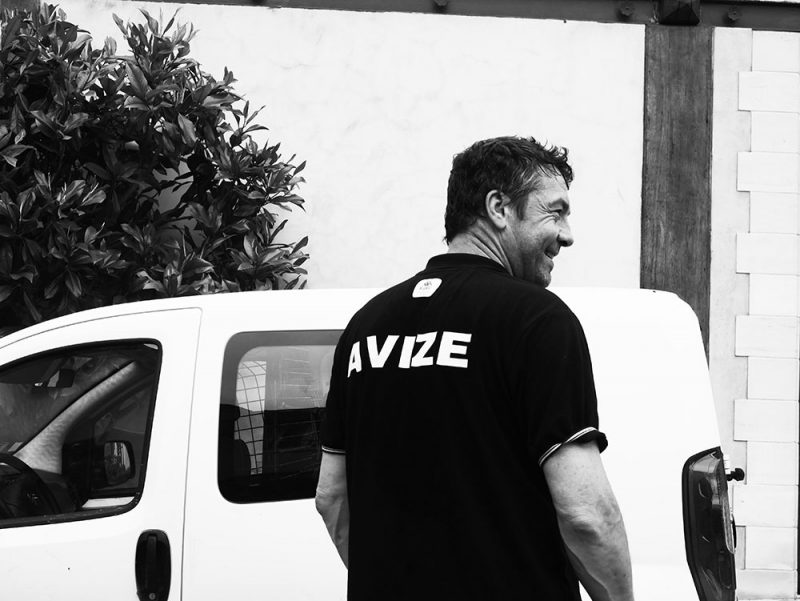
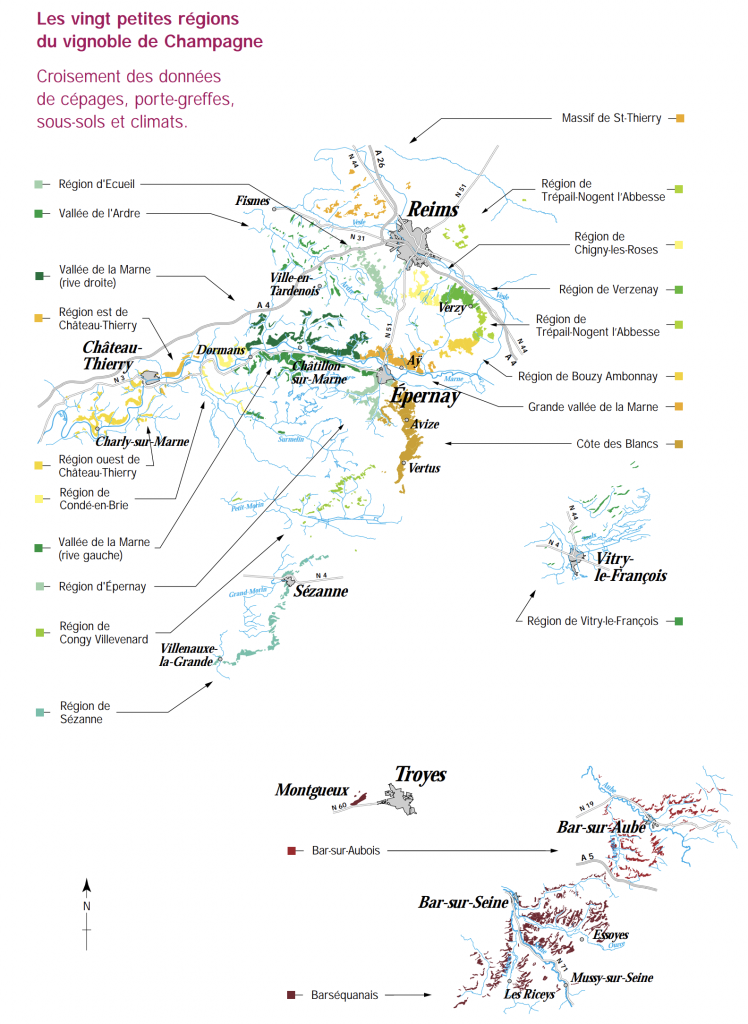



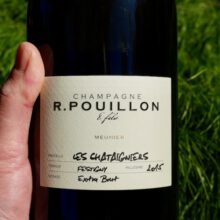
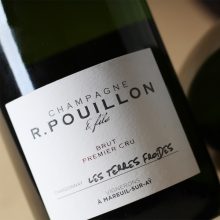
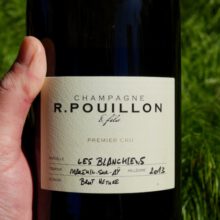
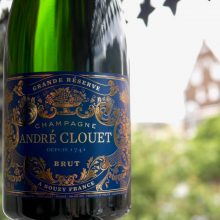
You must be logged in to post a comment.